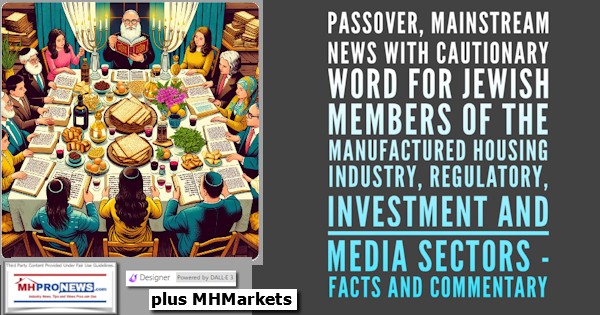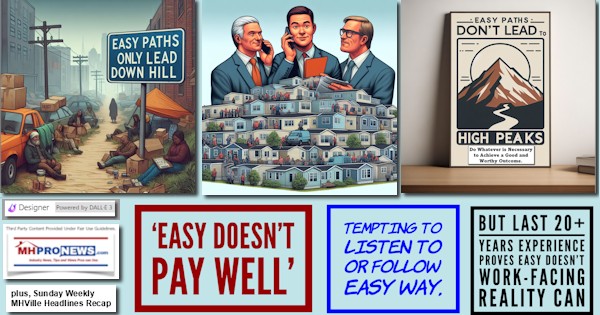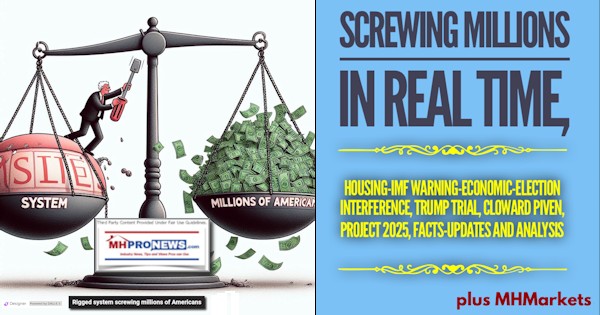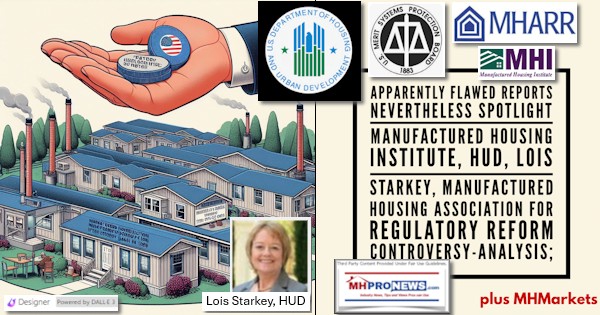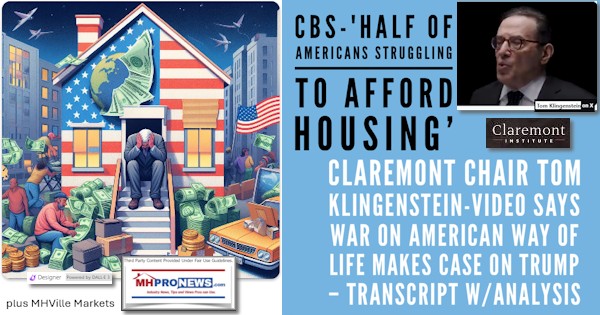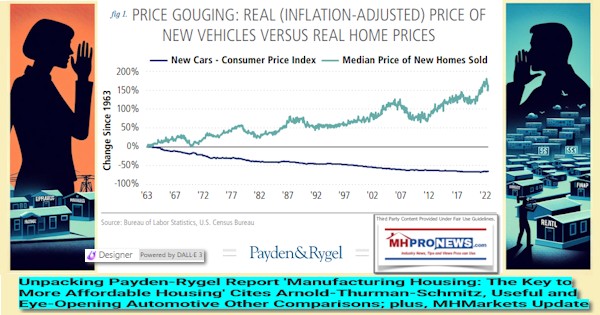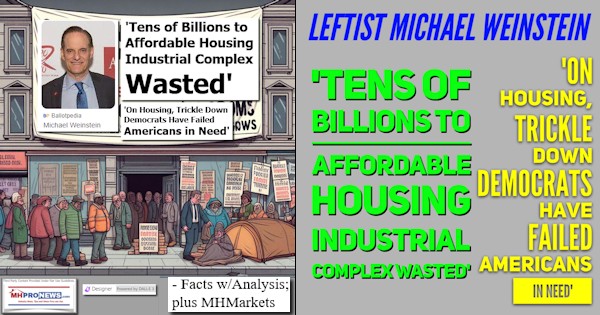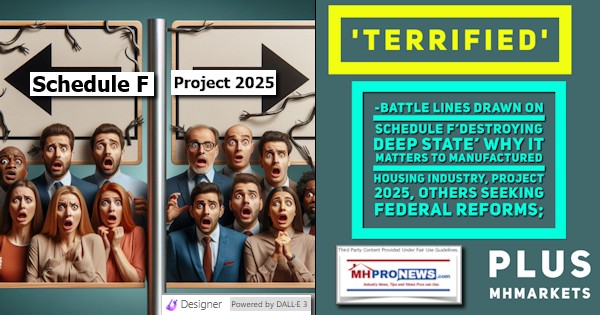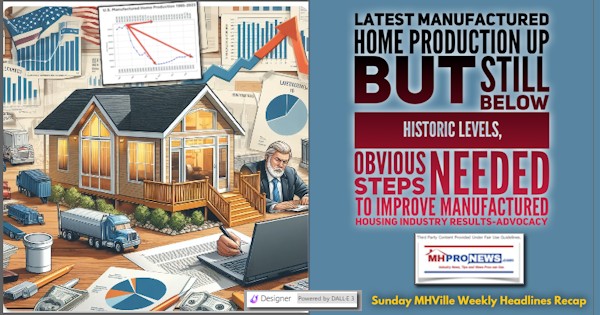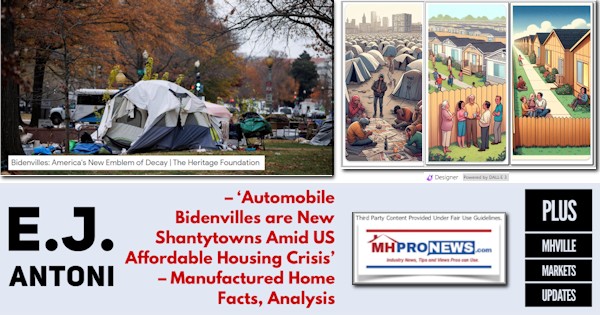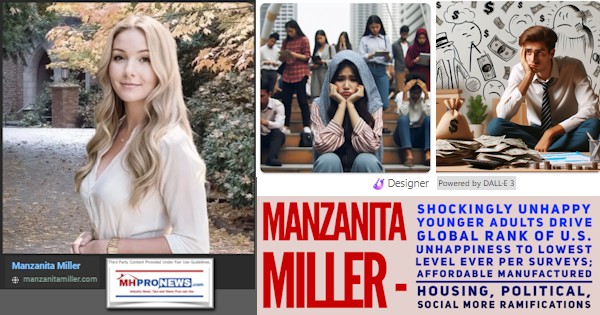
Many lenders have been requiring down payments of at least 20% since the recession began. Now, their policies are changing. Some also are waiving mortgage-related fees, and more are allowing down payments to be made by other parties, such as the borrower’s family.
Regions Bank, a unit of Regions Financial (RF) launched a mortgage program in September that allows some borrowers to make a 5% down payment. The bank says it will lower that requirement in the next few weeks to 3%. Borrowers must not have owned a property or had a mortgage in the past three years, among other requirements.
CNN Money tells MHProNews that this reduction in down payment is expected to create some new interest in purchasing a home from first-time homebuyers and typically younger buyers who have not have had enough time to save a big lump sum. The 3% loans backed by Fannie and Freddie should also offer some advantages over the 3.5% down loans offered by FHA, according to Mark Palim, who directs economic and strategic research at Fannie Mae.
Although FHA loans have an interest rate a half point higher than Fannie and Freddie backed loans, this month FHA announced that premiums for FHA mortgage insurance will be cut from 1.35% of a loan’s value to about 0.85%. As a result, a typical first-time homebuyer will save $900 a year on their mortgage payments. Existing homeowners who refinance into an FHA loan will see similar savings.
But not so fast, says Matthew Frankel, writing in the Motley Fool. Conventional loans may still be the best option. The reduced cost of FHA mortgage insurance doesn’t tell the whole story. “The biggest difference between an FHA loan and conventional low-down-payment options is what happens a few years down the road,” Frankel explained.
Specifically, if homebuyers put the required 3.5% down on a 30-year FHA loan, they would be obligated to pay mortgage insurance for the entire term of the loan, no matter how much of the loan they paid back. With conventional loans, homeowners can request that their mortgage insurance be canceled once they’ve paid down the balance to 80% of the original value of the home. And the lender is required to terminate mortgage insurance once the loan is paid down to 78% of its original value.
“Obviously, if someone pays a balance down to 80% of the home’s value in just a few years, the savings in eliminating private mortgage insurance can be tremendous over the life of a 30-year loan,” Frankel concluded.
Jack McCabe, an independent housing analyst in Deerfield Beach, Florida, offers another caveat to prospective home buyers. “Borrowers should be aware that small down payments leave them more at risk of owing more on their mortgage than the property is worth should home values in their market decline,” he explained. In addition, he says that borrowers likely will incur higher costs over the life of the loan, including higher interest rates and mortgage insurance by paying a smaller amount down.
Obviously, there are tradeoffs to be made. For those who may never save enough to pay more than 3% down, these new loan offerings are the best they can hope for. And, everyone, both buyers and lenders, are hoping for a more prosperous year in 2015.
Last year, mortgage originations declined substantially, down 39% from a year earlier, which was the lowest amount since 1997, according to the Mortgage Bankers Association, a Washington-based trade group.
Not only have lenders lowered down payment requirements for loans on lower-priced properties, they also have been lowering the bar for larger mortgages, known as “jumbos,” which they typically hold on their books. Such loans exceed $417,000 in most parts of the country and $625,500 in pricier housing markets such as New York and San Francisco.
In November, PNC Financial Services Group (PNC) began allowing exceptions to its down-payment requirements for jumbos, says Tyler Case, a loan officer at PNC’s Fords, New Jersey, branch. The lender, which has been requiring at least 20% down for jumbos up to $1.5 million, lowered that to 15% for borrowers whose income and assets go beyond what the bank generally requires.
To qualify, borrowers will need a higher credit score and less debt relative to their income than is usually required, as well as having savings after the home purchase equal to at least 12 months of mortgage payments. PNC also is offering exceptions on down-payment amounts for larger loans up to $3 million.
So, things are looking up for prospective homebuyers and lenders as well. All are hoping for better times in 2015. ##
(Photo Credit: Zillow)







